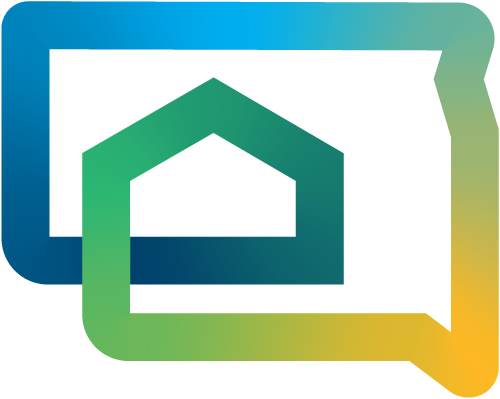
Housing Tax Credits
SD Housing / Develop Housing / Available Development Programs / Housing Tax Credits
The Low Income Housing Tax Credit Program was designed as an incentive for construction and rehabilitation of housing for low-income households.
Created by the Internal Revenue Code of 1986, the Housing Tax Credit Program offers a reduction in tax liability to owners, subject to restrictions. The annual housing tax credit amount is intended to provide the owner or investor a return which provides a "present value" of either 30% or 70% of the qualified costs of the low-income units in the development. Depending on the project type, the qualified project costs (depreciable costs) will be eligible for either 30% present value (correlating to 4%) or 70% present value (correlating to 9%). The maximum allowable credit amount is determined by multiplying the annual percentage rate (approximately 4% or 9%) by the qualified costs attributed to the designated low-income units in the project.
Developers of housing tax credit projects typically raise equity capital for their projects by syndicating the tax credits to investors who are willing to invest in the project. The investors' return is the annual tax credit and other economic benefits generated by the project. The U.S. Department of Treasury annually allocates in excess of $3.1 million to South Dakota. SD Housing, as the credit-issuing agency, is responsible for the administration of the tax credits.
Applications
Applications are due annually on the last working day of August at 5:00 p.m. Central Time. Completed applications must be delivered via SD Housing's online submission (preferred), via U.S. Postal Service, private mailing service, or hand delivery to SD Housing by 5:00 p.m. Central Time on the applicable due date. Applications via facsimile or e-mail will NOT be accepted. The HOME-HTC Application and pro-forma dated July 2024 will be used for the 2024 application round. The following will be applied to the HTC funds available for 2024:
Applicants are no longer allowed to submit utility allowance calculations from the local Public Housing Authority. Applicants may document utility calculations from service providers, use the HUD Utility Schedule Model, or they may utilize the SD Housing Utility Allowance Worksheet to request the utility calculation from SD Housing. Please allow ten working days for the calculation of utilities from SD Housing. Request for utility allowance calculations must be received by July 31, 2024.
For more information regarding the worksheet or utility calculation, please contact Andy Fuhrman at andy@sdhda.org or by calling (605) 773-3181.
*Some of the forms above will need Adobe Acrobat to fill out the application form. In order to save the application form, you will need to have Adobe Acrobat Professional 7.0
$3.4 Million Available
$740,000 per Project
2 Applications per Developer
$370,000 Non-Profit
Set Aside
$740,000 Indian Reservation Set Aside
Resources
Application Procedure
To apply for housing tax credits, applicants must submit the HOME-HTC Application and supporting documents to the SD Housing office in Pierre by 5 p.m. CDT on the last working day of August for the annual application round. Completed applications (refer to Section VIII of the HTC Qualified Allocation Plan) must be delivered via SD Housing's online submission (preferred), via U.S. Postal Service, private mailing service, or hand delivery to SD Housing by 5:00 p.m. Central Time on the applicable due date. Applications via facsimile or e-mail will NOT be accepted. Housing tax credits are reserved and allocated statewide and on a competitive basis as outlined in the HTC Qualified Allocation Plan.
Eligibility Requirements
Projects eligible for housing tax credits involve construction and/or preservation of decent, safe, sanitary and affordable housing in areas of the greatest housing need. Rent and Income restrictions are placed on the housing units financed with housing tax credits. A minimum of either 20 percent of the total units must be available to tenants whose incomes do not exceed 50 percent of the area median gross income; or 40 percent of the total units must be available to tenants whose incomes do not exceed 60 percent of the area median gross income.
Developments placed in service after August 1, 2018, are allowed to utilize income averaging, allowing units to be rented to tenants whose incomes are 80 percent AMI or less. Gross rents on the low-income units, including tenant-paid utilities, cannot exceed 30 percent of the qualifying monthly median income. In addition, to keep rents affordable, SD Housing requires a minimum of 20 percent of the units to be restricted to the lesser of Fair Market Rent, the actual market rent for the area, or the housing tax credit rent. The project owner must also enter into an agreement to meet the low income occupancy requirements for a minimum of 15 years beyond the initial 15 year compliance period. For information regarding compliance and Year 15 requirements please refer to the Housing Tax Credit Compliance Manual and Y15 Plan.
For more information regarding developments eligible for housing tax credits please refer to the Housing Tax Credit Qualified Allocation Plan.











